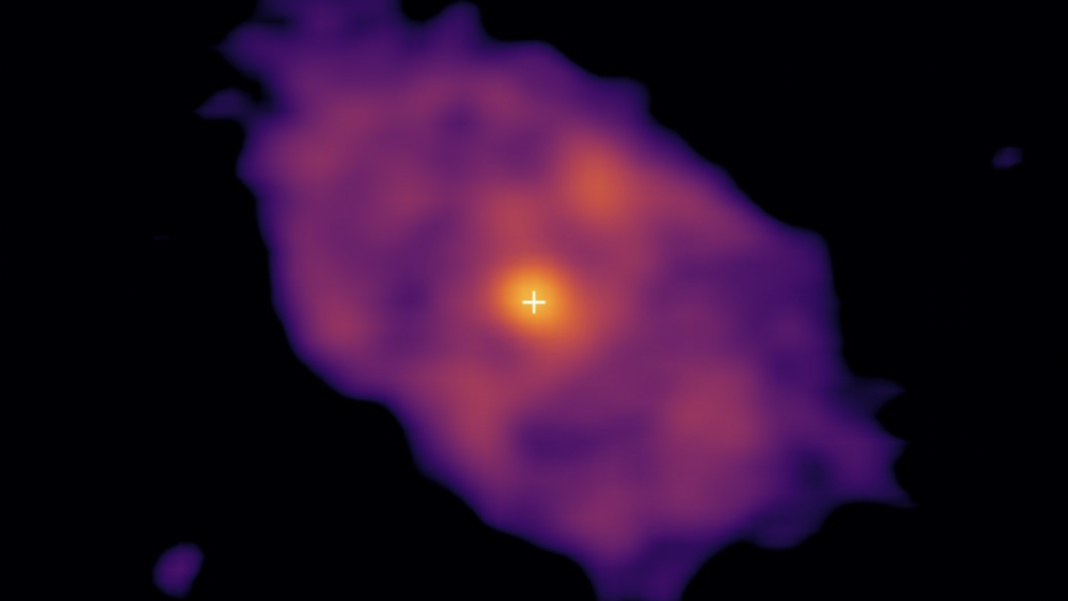A Mumbai-led citizen science team has discovered a rare pair of mysterious twin rings around a distant galaxy, marking a major breakthrough in understanding odd radio circles (ORCs) – some of space’s most enigmatic structures.
Key Takeaways
- RAD@home citizen scientists discovered only the second known ‘double ORC’
- ORCs are massive, faint radio circles surrounding distant galaxies
- The discovery was made using European LOFAR telescope data
- Team leverages India’s Giant Metrewave Radio Telescope for follow-up research
University of Mumbai professor Ananda Hota leads RAD@home, a 4,700-strong Facebook group where amateur astronomers make genuine discoveries. “When you find something extremely rare or very different from the normal, you suddenly get an opportunity to start a new investigation into the unknown,” Dr. Hota said.
The Football Field Analogy
Dr. Hota compares their method to finding a lost coin on a football field. Searching alone would take forever, but with many friends dividing the area, success comes quickly. This collaborative approach has proven highly effective in scanning astronomical data.
Understanding Radio Galaxies
Galaxies come in spiral, elliptical, irregular, and lenticular types. While most massive galaxies host supermassive black holes, only some become ‘active’ with radio jets extending millions of lightyears. These form radio lobes resembling balloons tethered to a sphere.
Astronomers long believed spiral galaxies couldn’t produce such jets until Dr. Hota accidentally discovered an exception during his postdoc. This breakthrough inspired him to create RAD@home in 2013, democratizing astronomical research.
Citizen Science in Action
RAD@home begins with weekend virtual lectures where participants learn to identify galaxy structures across multiple wavelengths. They’re trained in Fanaroff-Riley classification systems and encouraged to spot anomalies.
“Anything that looks faint and fuzzy and irregular in the data is a sign of past black hole activity,” Dr. Hota explained.
The double ORC discovery came when student participant Prasun Machado spotted two faint circular structures in LOFAR data. These turned out to be among the farthest, most powerful ORCs ever recorded.
The Mystery of ORCs
Odd Radio Circles remain poorly understood. Astronomers propose two main theories:
- Powerful shockwaves from colliding galaxies propagating over billions of years
- Aftereffects of supermassive black hole mergers
For the twin ORCs, Dr. Hota speculates plasma rings might be expanding in opposite directions. “We need to discover and characterise many more such objects to understand their true nature,” he emphasized.
Democratizing Indian Astronomy
The team now leverages India’s world-class Giant Metrewave Radio Telescope near Pune. “Our own GMRT is free for anyone to use, but that power is being underutilised,” Dr. Hota noted.
He challenges the traditional separation between education and research: “At any stage in your career, you can join research with a good mentor and project. Once we create this combined learning-discovery model through citizen science, Indian astronomy will grow faster.”




